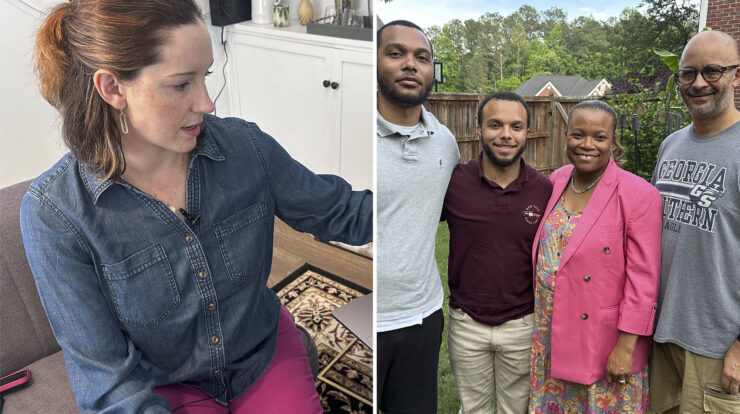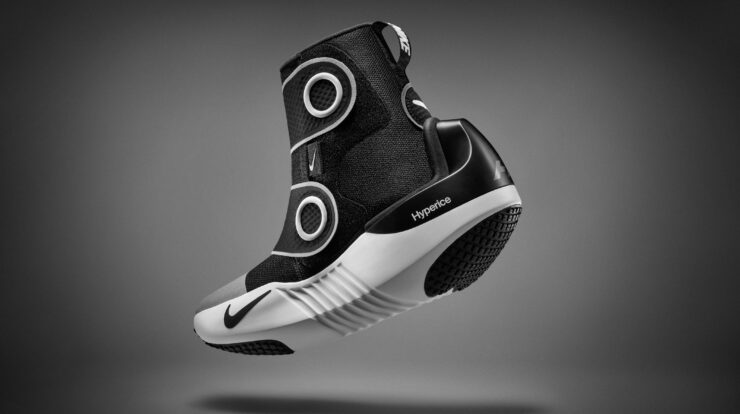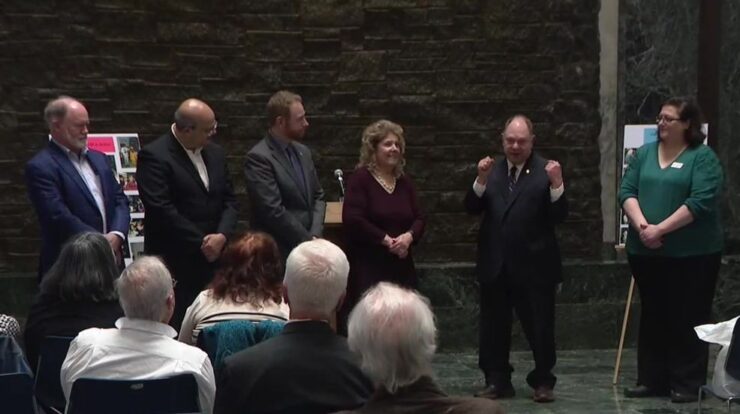
Research in criminology has suggested that environmental factors such as street lighting and architectural designs influence an offender’s perception of potential risks and rewards. A recent investigation utilized virtual reality technology to assess how imprisoned burglars perceived neighborhoods featuring homes with varying characteristics. The findings indicated that these criminals altered their views on risk versus reward according to different environmental elements present in the simulated settings.
The research was carried out by scholars from Carnegie Mellon University; the University of Alabama; Vrije Universiteit Amsterdam; Leiden University; and the Max Planck Institute for the Study of Crime, Security, and Law.
published
in
Criminology
.
Research into criminal decision-making often emphasizes that an individual’s view of their surroundings influences their choices,” says Daniel S. Nagin, a professor specializing in public policy and statistics at Carnegie Mellon University’s Heinz College, who was involved with this particular study. However, he notes that typically these studies do not examine how exactly certain aspects of one’s environment affect those views.
From June through December 2022, investigators spoke with 160 male inmates serving time in Pennsylvania prisons for various levels of involvement in home break-ins. These individuals were tasked with evaluating the potential hazards and benefits linked to breaking into houses within an online simulated community.
The typical age of the participants was 32 years old, with approximately equal numbers identifying as white and Black. These individuals navigated through a digital recreation of a real-life area from Pittsburgh. This simulated environment included homes featuring various characteristics; for instance, some houses displayed prominent elements like a sizable television set awaiting pickup at the curb, while others showcased signs supporting Second Amendment rights in their front yards.
The study revealed that characteristics of the homes influenced how the men perceived the potential dangers and benefits associated with breaking in. Specifically, the men indicated they would be less inclined to get noticed and apprehended at residences encircled by bushes. Additionally, properties displaying television boxes outdoors were deemed probable candidates for containing high-value items, thus increasing their attractiveness to these individuals. Conversely, spotting a vehicle parked within a property’s driveway led them to believe an occupant might be present, thereby decreasing the likelihood of intrusion due to heightened risk of confrontation.
The men believed they had a higher chance of getting injured at the residence displaying the gun rights sign. However, they also felt this same house probably contained valuable items, such as a weapon, which could fetch high prices on black markets. The study found no substantial connection between how appealing these homes seemed and the probability of those individuals attempting to break in.
Moreover, burglars with higher proficiency believed they had a lower chance of being spotted and apprehended during a heist compared to their less skilled counterparts. Consequently, these more adept criminals were likelier to proceed with breaking into homes. To put it another way, when both highly skilled and novice thieves encountered identical settings, they noticed distinct aspects of the situation or analyzed similar elements differently. This divergence in perception often resulted in varied actions and decisions, as stated by the researchers.
Practical applications of our findings suggest motivating people to adopt preventive measures against potential victimization,” states William P. McClanahan, an assistant professor specializing in criminology and criminal justice at the University of Alabama, who spearheaded the research. “This involves ensuring garage doors are closed and avoiding placing packaging from costly items where they can easily be observed.
More information:
William P. McClanahan et al, How environmental features and perceptions influence the perceived risks and rewards of criminal opportunities,
Criminology
(2025).
DOI: 10.1111/1745-9125.12401
Supplied by Carnegie Mellon University
This tale was initially released on
Dailyexe
. Subscribe to our
newsletter
For the most recent updates on science and technology news.






